Fujifilm System Cameras - Features, Benefits and Buying Guide
Fujifilm is the only camera manufacturer whose portfolio of mirrorless cameras includes models with a budget APS-C sensor as well as variants with a powerful medium format sensor. The innovative X-System has ensured that Fujifilm has made a tremendous rise in the camera industry in recent years. In 2012, Fujifilm launched the X-Pro 1, the first representative of the X series. The Japanese had developed a sensor especially for it. It works with an unusual, irregular colour filter arrangement that is based on the graininess of analogue films. This enables the X-Trans CMOS to avoid disturbing moiré effects, so that low-pass filters are no longer needed. Already in 2012, after the first tests of the new camera model, it quickly became clear that the X-Trans sensor is capable of achieving a significantly higher resolution than conventional sensors with the same number of pixels. To this day, the X-Trans CMOS sensor is the unique selling point of all Fujifilm system cameras. However, it has been improved and optimised several times since its introduction.
Some of the models equipped with APS-C sensors are now among the best among mirrorless cameras. They offer convincing image quality, modern features and a robust housing. However, instead of focusing on full-frame like other manufacturers, Fuji concentrates on medium format for the production of its mirrorless system cameras for the professional segment. The range of Fujifilm system cameras extends from affordable models for beginners to mid-range devices with hybrid viewfinders for advanced photographers and travellers to professional cameras for professional photography. Read on below the products if you need more information about Fujifilm's system cameras or if you have difficulties making a choice. There we have summarised the most important details about the mirrorless cameras of this manufacturer for you.
What is a system camera?
System cameras (abbreviation: DSLMs) are camera models that can be classified between digital compact cameras and professional SLR cameras. Their key feature is that they do not have a mirror, so the mirror box and optical viewfinder are completely omitted. Instead, the photo subject is displayed directly on the sensor, which transmits the photo to the display on the back of the camera. Most models also have an electronic viewfinder.
In contrast to SLR cameras, mirrorless system cameras are usually much smaller, lighter and more compact. This makes them especially suitable for photographers who want to take their camera with them everywhere without having to carry a large camera bag around all the time. The electronic viewfinder is the biggest feature. While DSLRs have an optical viewfinder, the viewfinder image on DSLMs is generated electronically. This means that you always see the subject exactly as it will later appear in the photo. The display of a DSLM is usually larger than that of a DSLR. The reason: many DSLM photographers need the display to take the photos, whereas with a DSLR only the settings are made with it, because focusing is done via the optical viewfinder.
The DSLM stands out from an inexpensive compact camera in particular because it is possible to change the lens. While the lens is fixed on the compact camera, there are many different optics to choose from for system cameras. You can therefore also shoot with a fisheye, a macro lens or a wide-angle lens with the DSLM.
What are the special features of Fujifilm's system cameras?
Fujifilm's system cameras have the X-Trans sensors in APS-C format that were specially developed for these mirrorless cameras. The sensors measure 23.6 x 15.6 millimetres and have already been revised and improved several times. Especially the latest models are equipped with the revised X-Trans sensors. The third generation X-Trans sensors have a higher nominal resolution of 24 instead of 16 megapixels. In addition, improved chip materials have been used.
The special feature of these sensors is that the colour filter arrangement is more complex than in the usual Bayer sensors used in other cameras. No quad pattern is used, but a 6 x 6 grid in which the blue, green and red pixels are distributed. This coarser distribution makes it possible to reduce the sensor's susceptibility to so-called moiré effects. These occur when regular structures - like those of the sensor and the subject - overlap in a special way. Fuji can do without low-pass filters on the X-Trans sensors, which are a compulsory feature with other manufacturers to reduce such moiré effects.
Only the entry-level models of the X-A series do without the X-Trans colour filters - probably for cost reasons. The system camera with medium format sensor also does not use the X-Trans technology.
What other features do the X-series models offer?
The top models in the X-series are equipped with a robust and stylish magnesium body. While these also weigh a little more than the other team members, they offer a surprisingly good feel and are very comfortable. All X system cameras are also equipped with a WLAN module. It is used to transfer the photos taken wirelessly. This is particularly practical if you want to share your photos and videos with the World Wide Web via Instagram, Flickr or Facebook directly after taking them.There are differences in the memory card compartment between the individual models. The inexpensive devices only have one memory card slot for SDHC/XC cards on board, which is located directly next to the battery. The cameras from the professional segment, on the other hand, have a side compartment that is always conveniently accessible and offers two slots for memory cards. Some even support the UHS-II standard, which guarantees a particularly high read and write speed. These system cameras of the X series are perfect for recording 4K videos.
Only the entry-level and mid-range system cameras are equipped with a pop-up flash. The professional models, on the other hand, have a cable socket and an accessory shoe so that an external flash can be connected. Furthermore, the image quality of all mirrorless system cameras from Fujifilm is convincing. The photos taken have a detailed, high resolution, a wide dynamic range and brilliant colour reproduction.
Advantages and disadvantages of Fujifilm system cameras
The advantages:
Better resolution than other models with the same number of pixels thanks to specially developed APS-C sensor
Some equipped with the unique Hybrid Optical Viewfinder
Some models with dual SD card slot
Video recording with up to 4K possible
Lightweight and compact enclosures
The drawbacks:
No full-frame sensor models on offer
Acquisition costs comparable with DSLR cameras
In conclusion, we have compiled a list for you that once again clearly illustrates the most important advantages and disadvantages of Fujifilm system cameras.
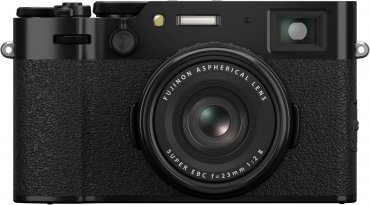
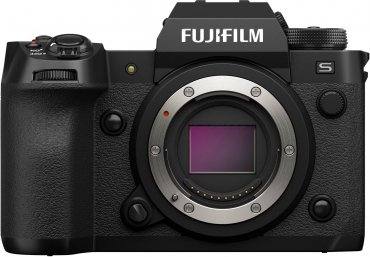

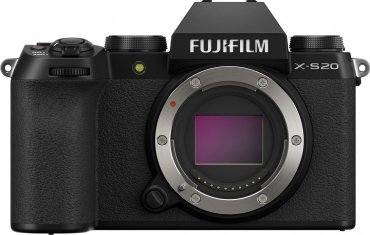
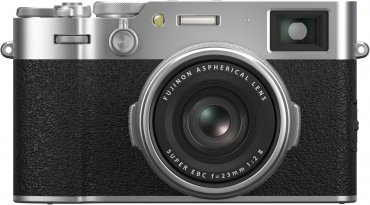
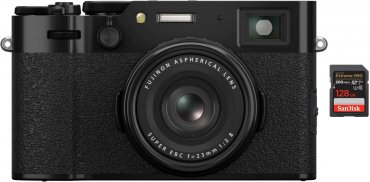
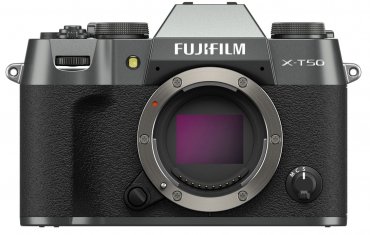
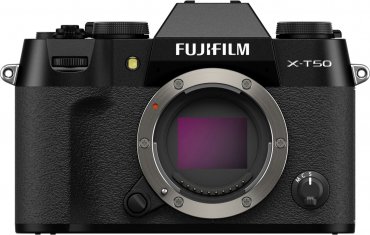
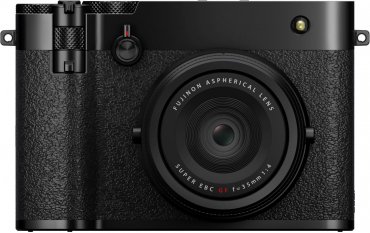
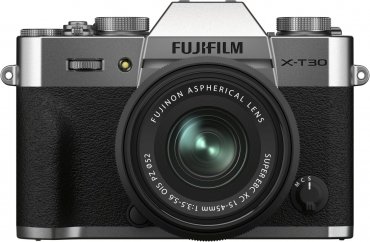
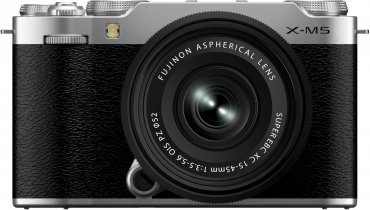
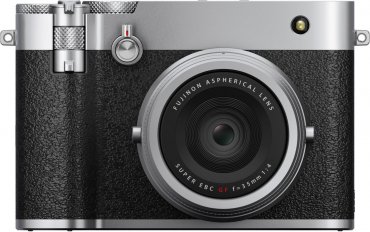
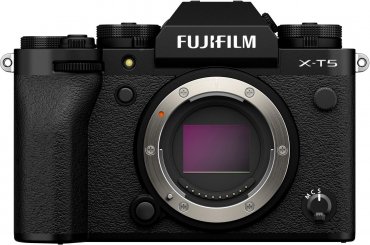
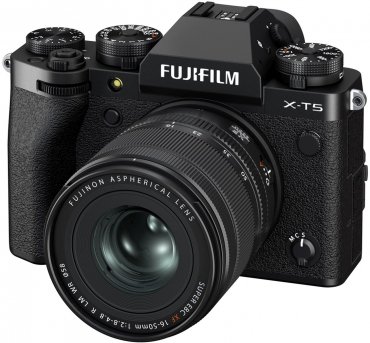
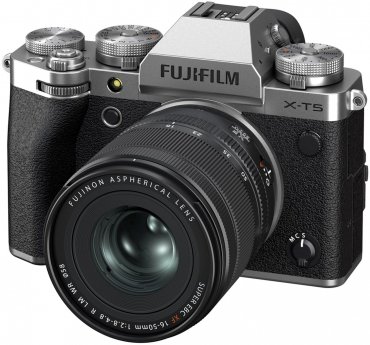

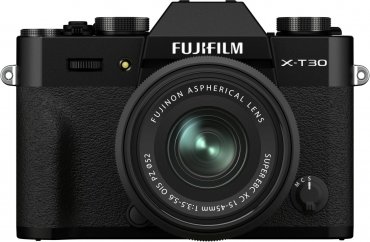
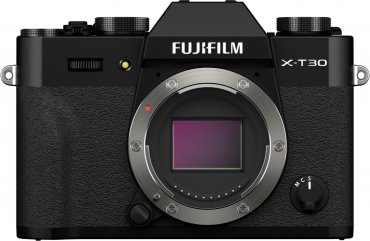
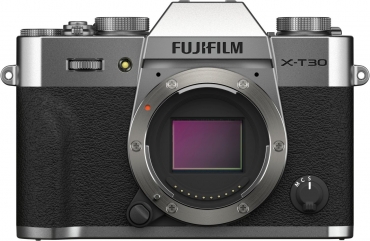
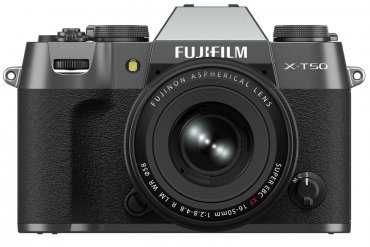

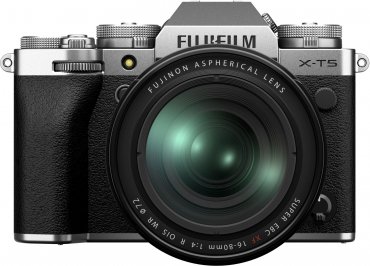
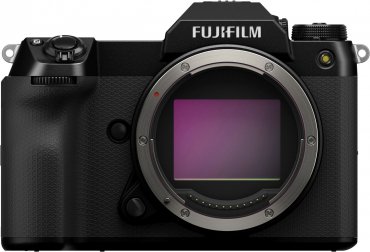
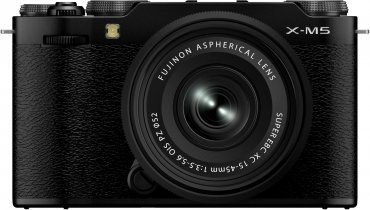
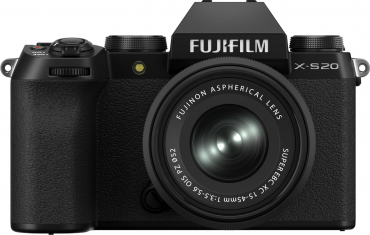
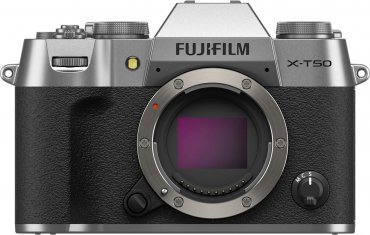

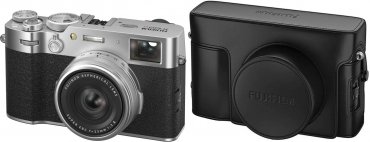
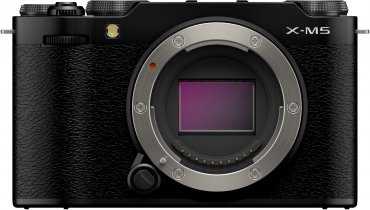
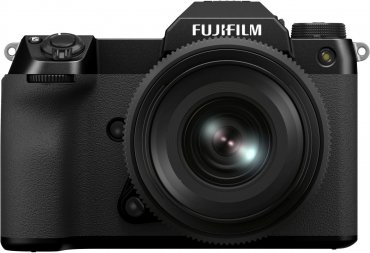



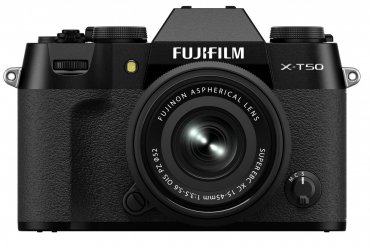
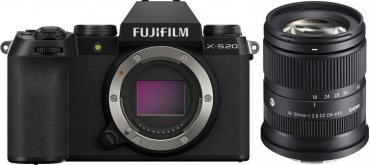

Simply subscribe and benefit as a newsletter recipient every week: